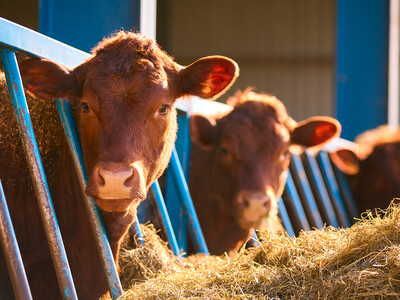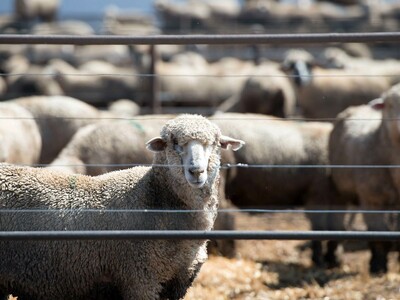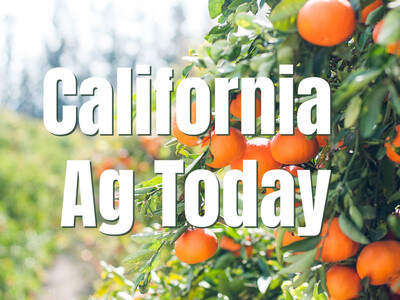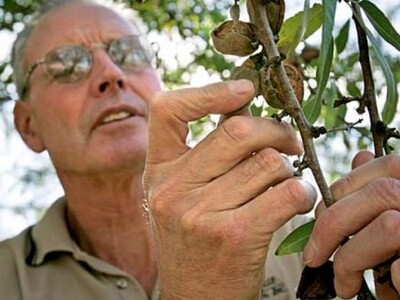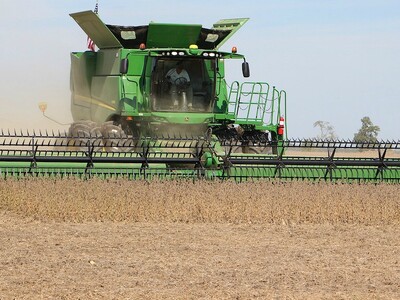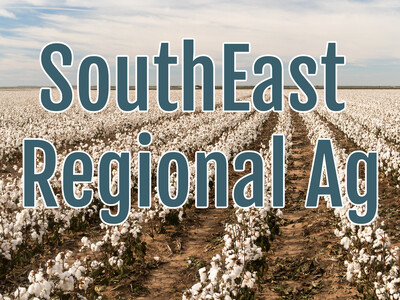Record Farm Income Forecast
Record Farm Income Forecast. I’m Greg Martin with today’s Line On Agriculture.
Even with all the trouble the ag industry has seen this past year the USDA is now projecting record high incomes for the nations ag sector. Joe Glauber, USDA Chief Economist talks about why the big change from the February projections.
GLAUBER: We’re expecting big crop insurance indemnity payments. And then the other thing is that we have seen much higher prices than what we were forecasting back in January. That occurred even before the price increases we saw since June when the drought started emerging and of course since June 1 we’ve seen price projections increase substantially, 30 to 40% for soybeans, corn and wheat.
Glauber gives some the highlights of the new USDA farm income forecast for calendar year 2012.
GLAUBER: Are current estimates are showing some very large numbers for net cash income, net farm income. For net cash income $139-billion dollars. For net farm income $122-billion dollars. Both of these are up over 2011 levels. They essentially reflect the really strong cash receipts we’re seeing on the crop side for crops. We’re estimating that the receipts are about $222-billion dollars for 2012, that’s up almost 6.7% over 2011. Livestock receipts down a little bit - $166-billion dollars down a little. Frankly about flat from what they were last year.
But it does appear that the income picture is better for some sectors than others.
GLAUBER: What’s going on on the livestock side is very, very different than what’s going on on the crop side. Certainly expenses are up and they’re largely fed by higher feed costs this year so that’s mainly a livestock issue. We have a little bit of increase on fuels, a little increase on fertilizer but the main increase coming on the feed side.
Feed costs are projected up by 13% for the whole year but then post drought feed prices are way up to 30 or 40%. Fertilizer costs for crop people are expected to be only 3.5% higher than last year. These forecasts though are very tentative.
That’s today’s Line On Agriculture. I’m Greg Martin on the Ag Information Network.




